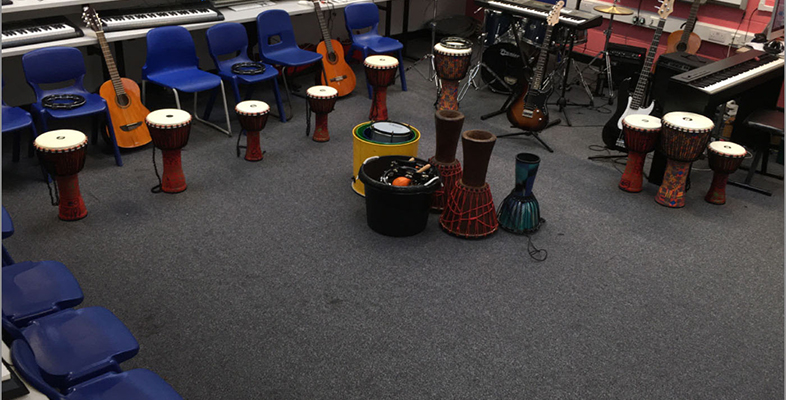3.2 Feedback
Feedback is critical in ensuring that young people make progress in their musical learning. Feedback can take a number of forms. Occasionally it may be written but more often it will be verbal feedback that is rooted in dialogue between teacher and pupil. Feedback should identify what has been done well, what can be improved and ways in which such improvements can take place.
To be effective, however, feedback also needs to be detailed and undertaken sensitively and at appropriate times and places. Feedback should provide a basis for moving forward. It should be rooted in what the child can do and offer a clear way forward for taking the ‘next steps’ in their learning. These steps should be negotiated, clearly defined, achievable and engaging.
The point at which a teacher intervenes to give feedback is important and goes to the centre of the creative process. Most models of creativity are predicated on the idea of the creative process being one of the stages of engagement with musical materials and ideas. Young people need to be given the space in order to develop at their own pace and engage with music in their own way. As Philpott says, ‘suggestions and interventions in what is already a successful creative process can breed resentment and alienation’ (Philpott and Spruce, 2007, p. 215). Interventions might be used for the following reasons:
- to praise and reassure the young people that what they are doing is on the right track
- to suggest and discuss musical ideas with the young people
- to refocus young people back onto the aims of the lesson when their concentration has slipped.
In all of this, however, we must not lose sight of the fact that it is possible to ‘feedback’ musically – through music. This can be done simply by performing to the young person another way of playing a phrase (many instrumental teachers do this) or by demonstrating what the addition of a particular dynamic nuance could add to their composition. It could also be through a form of musical dialogue, perhaps within the context of an improvisation.
Activity 4
Describe in detail a lesson or a section of a lesson that might provide opportunities for different forms of feedback, including feedback through music. Indicate the intended learning that will take place, the resources that you will draw on and the activities that will take place.
